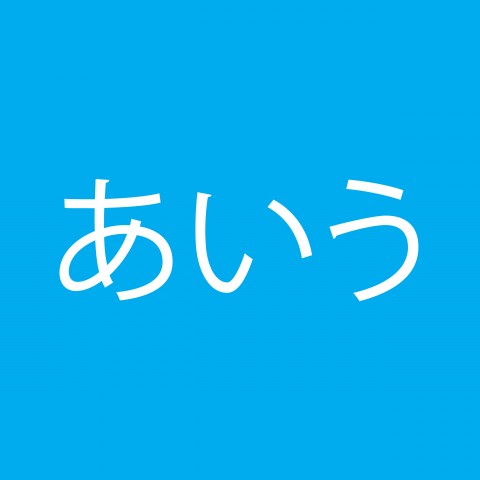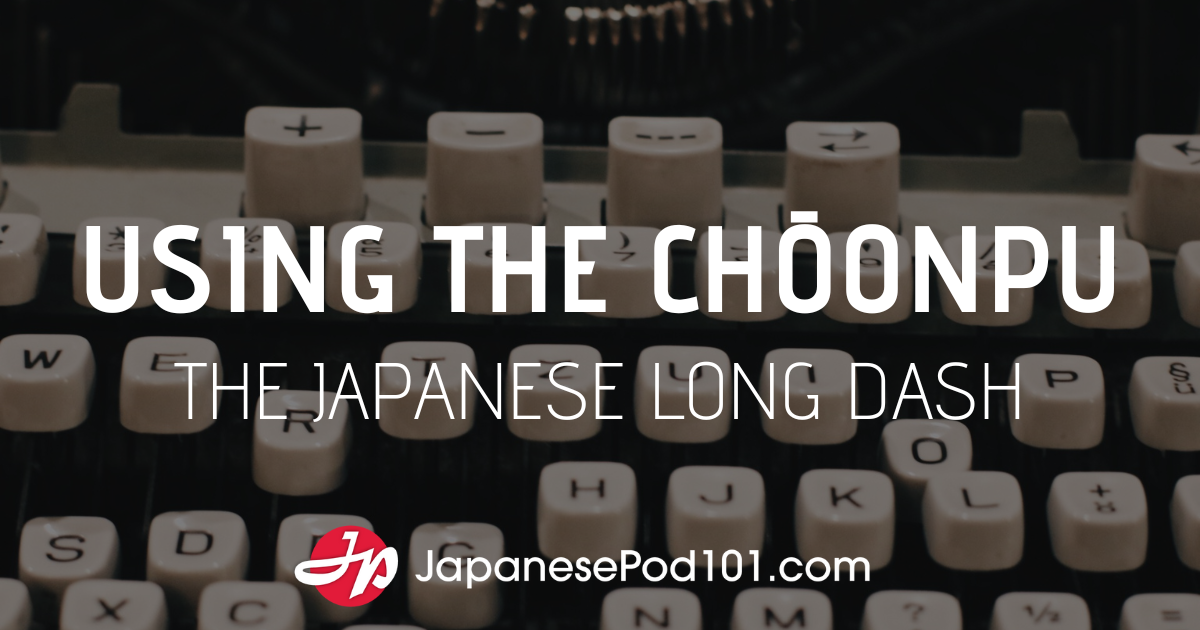頁 (ōgai) means “‘big shell’ radical.”
I’m embarrassed to say that, in all my years of kanji study, I’ve neglected to learn the Japanese names of most of the radicals, so this isn’t making a whole lot of sense to me at the moment. But here’s my chance to start learning! OK, a Google search has brought me to Breen, of all places. I didn’t know he had a chart with the radical names, but indeed he does. (And as it turns out, Halpern does, too, on p. 961.)
Breen’s chart is a little hard to understand, but I’ve stumbled onto this:
貝 (kai)
Of course, I knew that 貝 by itself says kai and means “shell.” I also knew 貝 was a radical. But I didn’t realize that in the context of, say, 敗 (yabu(ru): to defeat), we could call the radical kai.
And now, moving farther down the list, I find this:
頁 (ōgai)
So that’s the name of this radical, as it appears in kanji such as 頭 (TŌ, atama: head), 顔 (GAN, kao: face), 題 (DAI: subject), 類 (RUI: type), 願 (GAN, nega(u): request), 頼 (RAI, tano(mu): to request), and 頑 (GAN, kataku: stubborn).
Side note: There’s so much to say about this list—about all the parts of the head and all the requests that have popped up, as well as the repeated on-yomi GAN. But I’ll refrain, for the sake of space. Still, I can’t resist sharing this compound with you:
顳顬 (komekami: temple (side of the head))
temple + templeI cranked up the size so you could see what’s going on inside. This compound has three ears (耳), rain (雨), and a repetition of the 頁 radical. And on top of that, komekami is practically a tongue-twister! What more could you want?!
To bring the discussion back to 頁 (ōgai), when this radical is in action, ōgai isn’t its full name. Radicals have more specific names, depending on their location in a character. I’ve read about this. I’ve even written about it (in my book). And still I have trouble remembering! Here’s what I said in the book:
Positions 1–2: When a kanji divides neatly into left and right sides, the left is hen (偏, “side”) and the right is tsukuri (旁, “side”).
Positions 3–4: For top-and-bottom-divided characters, the top is kanmuri (冠, “crown”) and the bottom is ashi (脚, “foot”).
Positions 5–7: Enclosing elements are usually kamae (構え, “structure”), but there are two exceptions. Tare (垂れ, “to sag”) enclosures go down the lower left and across the top (e.g., 广), whereas nyō (遶, “to surround”) enclosures go down the lower left and across the bottom (e.g.,).
Usually (but not always) the radical name combines the yomi of the component and its position within the kanji. Here’s how that shakes out with 貝:
• Because 貝 is on the left-hand side of 敗, we can call this radical kai-hen.
• When 貝 appears on the bottom of 質 (SHITSU: quality), we call the radical kai-ashi.And then with 頁, we have the following possibilities:
• Because 頁 is on the right in 頂 (itada(ku): to receive), this radical is called ōgai-zukuri.
• Because 頁 is on the upper right in 顰, I guess the radical is either called ōgai-kanmuri or ōgai-zukuri. Or maybe there’s some extra-specialized term for this situation.









